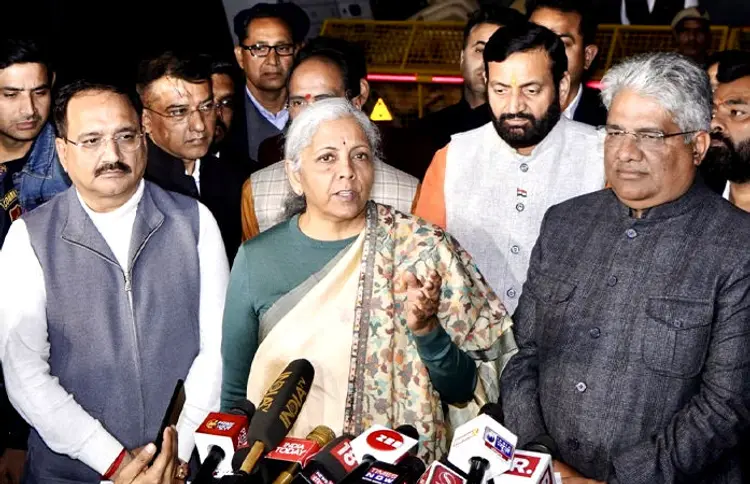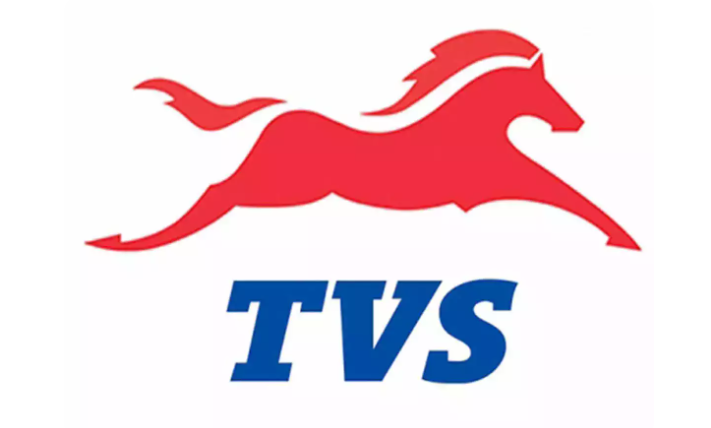Last week it was boldly suggested that Nifty 50 can slip till 22700 and Nifty 50 danced to the tunes of technical’s surrendering till the specified levels of 22700 while placing a low at 22786 and from there it reversed forming a short-term bottom, and crossed the first important resistance zone of 23500 placing a high of 23632 near the specified resistance of 23690 which was mentioned as a tough resistance zone stop loss. What happened next? Nifty 50 reversed from the specified support of 22700 and reversed till the tough resistance of 23690 placing a high of 23632 near the resistance failing to close above 23500. Finally, Nifty 50 attempted to cross the tough resistance zone of 23690 but it has yet not crossed the resistance of 23690 which was also declared as a stop last week for short side and also failed to give a weekly closing above 23500. Now, should we conclude that the market has taken a U turn and all the speculations on the bear side is vanished, the answer to this would be NO as we still have to trade and cross above some negative patterns and manage to close above certain points. First let us consider the global cues and then consider our markets.
Today on 1st Feb 2025, Donal trump had said that he would impose hefty new tariffs of 25% on goods from Mexico and Canada and 10% on imports from China, and nothing could be done by the three countries to forestall them. However, he did refer a potential carve out for Oil from Canada saying that the rate would be 10% versus the 25% but he also indicated wider tariffs on OIL & NATURAL GAS would be coming in mid-February. We have seen that Trump has been threatening the tariffs since weeks now and most economists estimate such extensive import taxes and likely retaliation would disrupt economic activity around the globe, they also warned the tariffs would spark increases in the prices of imports such as aluminium and lumbar from Canada, as well as fruits vegetables and electronics from Mexico and motor vehicles from both the countries. It seems that tariffs will tax America first from higher costs at the pumps, grocery stores and online checkout, tariffs cascade through the economy and end up hurting consumers and businesses on both sides of the border. On the other hand, Canada has drawn up detailed targets for immediate tariff retaliation. The Retaliation from China, Canada, and Mexico would hurt the $190 billion US agricultural export sector largely a lot can be calculated on this but let’s not go in details here. Note, when trump had imposed punitive duties on Chinese goods in 2018 and 2019, there was a typically lag of two to three weeks for Customs and Boarder Protection to begin collecting tariffs due to computer system updates and notices required for importers.
Australia CPI grew less than expected in Q4 while underlying inflation also eased but remained above the Reserve Bank of Australia’s target range. The CPI grew 2.4% yoy in Q4 its slowest pace since early 2021 data showed by Australian Bureau of Statistics. The reading was below expectations of 2.5% and eased from 2.8% seen in prior quarter while it grew 0.2% qoq slightly less than 0.3% and underlying inflation as represented by annual trimmed mean CPI, grew 3.2% in Q4 against expectations of 3.3%. The reading still remained the RBA’s 2% to 3% annual target range. The data showed that government subsidies on electricity helped bring down overall inflation, stickiness in spending on re-creational activities such as holiday travel still kept underlying inflation high. This trend has been largely driven by strength in Australia’s labour market, which has supported consumer spending. The RBA has so far given cues on when it could begin cutting interest rates. The central banks signalled that rates will remain steady amid few signs of inflation falling into its target band and they expect CPI to fall sustainably within its target by 2026.
The unemployment rate in Germany inched up to 6.2% in January, according to the data released by Federal Employment Agency. This represents a slight increase from 6.1% recorded in December. The rise in unemployment comes amid recent layoffs in manufacturing sectors. The increased layoffs reflect the economic challenges that the new govt may face following the upcoming elections next month. The data also exhibited a decrease in registered job vacancies. In January, there were approx. 6,32,000 job vacancies, a decrease of around 66,000 from the same period last year. The rise in unemployment rate and jobless claims suggests a slight slowdown in the job market at the start of the year.
The CPI inflation in Japan grew as expected hitting a new 2 year high as strong private spending continued to underpin inflation. The CPI accelerated to 3.4% yoy from 3% in the prior month the print hit its highest level since April 2023. The Core CPI which excludes fresh food prices rose 2.5% yoy in Jan, hitting an 11-month high. Core CPI reading excludes both fresh foods and energy prices, and is watched as gauge of underlying inflation by the BOJ rose by 1.9% yoy in Jan from the 1.8% in the prior month. Still the BOJ is not expected to raise rates further until it has more clarity on Japan’s economic and political outlook.
Now let’s come back to Indian markets. India aims to spending power of middle class and boost investment to support growth. In the budget focus was on boosting middle class spending power, encouraging inclusive development and boosting private investment to strengthen growth as said by the finance minister Nirmala Sitharaman.
The world’s fifth-largest economy is expected to post its slowest growth in four years amid frail urban demand and weak private investment. The country’s chief economic adviser forecast India’s economy would remain sluggish in fiscal year beginning April 1, advocating long delayed reforms in areas such as land and labour to boost medium-term growth. While near-term growth is in line with the 10-year average, India needs a growth rate of 8% to meet its longer-term economic goals and create enough jobs for its large, youthful population.
India has faced a fight of high food inflation over the past year. Retail inflation in December eased to a four-month low of 5.2% but inflation in food, which accounts for nearly half of the consumption basket, continued to remain high at 8.39% in December. To boost productivity across the farm sector, the govt will launch a national mission to push high yielding crops, with a special focus on pulses and cotton production. To help farmers the limit for subsidised credit has been raised to ₹ 5,00,000 from ₹ 3,00,000 earlier.
Now, looking at the technical’s of Nifty 50, on 27th Jan 2025 a positive divergence had been spotted on the Daily charts near the specified support of 22700 which means a strong support zone along with additional sign of positive divergence helped Nifty 50 to move up to the tough resistance of 23690 but could not cross the resistance.
Conclusion: Traders should now act sensibly and should not act based on the budget; the focus should be ‘buy on dips & sell on rise’ now the question here is why one should not have a single sided opinion the answer is simple to that question because we are trading in a NO trade zone between 23250-23690 as a Bull vs Bear fight might take place and 23250 might act as a support for bulls while 23700 would act as a resistance for bears, and the trigger point would be closing above or below 23700/23250. Till then for bulls buy on dips near 23350 with stop of 23200 and take profits before 23700 while for bears sell near 23700 with a stop of 23870 and take profits near 23400. The market technical’s have not changed fully from Bearish to Bullish so be judicious and trade with levels. For any change towards bullish view Nifty 50 must cross the 24000 mark or at least close above 23850 level twice. So don’t be in a hurry and jump to buy anything and everything be realistic with above stated levels would be a practical approach.



